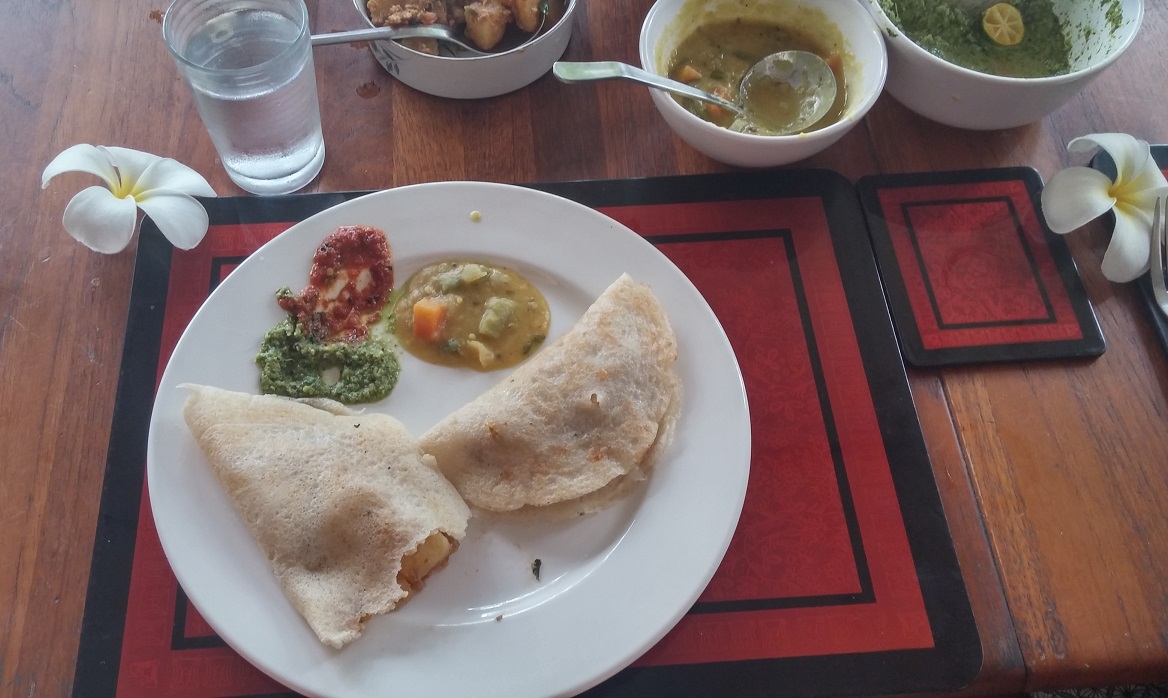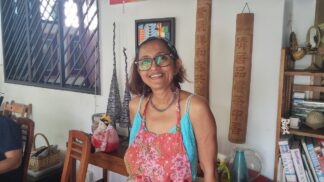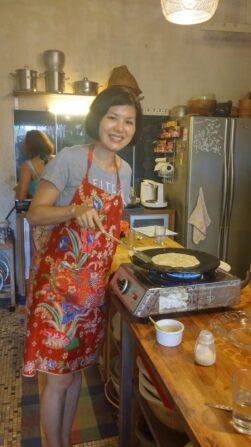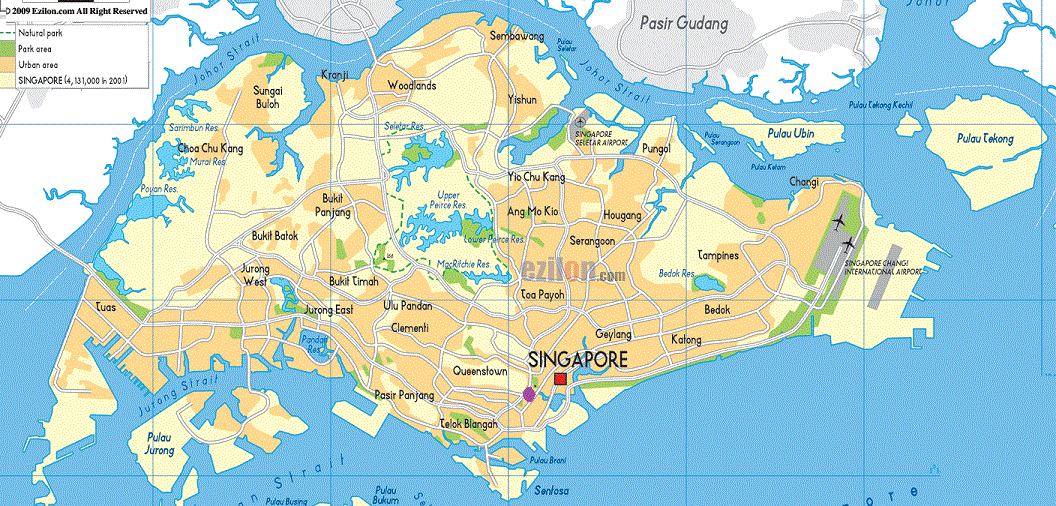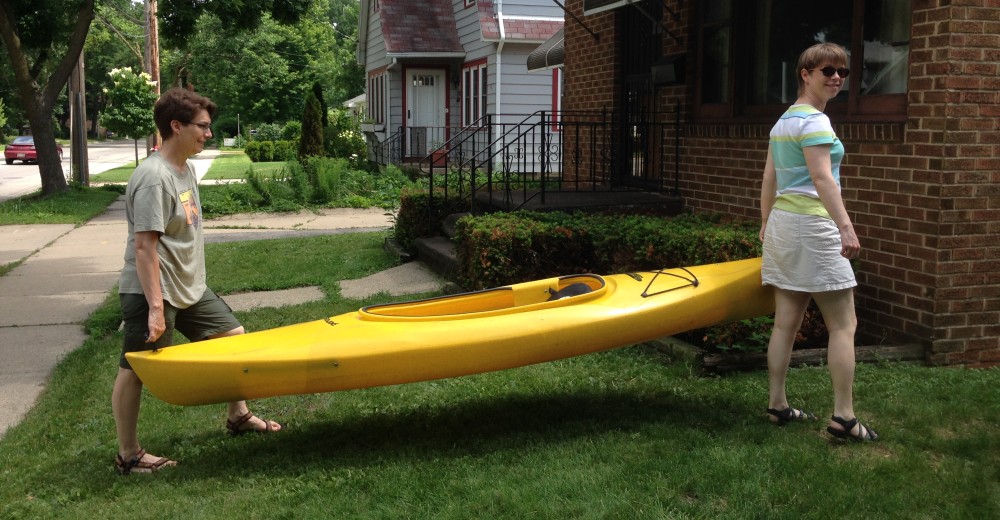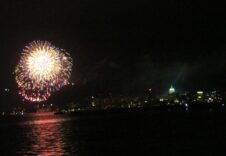Visiting Historic Melaka
We had been living in Singapore nearly 8 weeks when we went on our first foray out of the country. We chose Melaka Malaysia because it is a UNESCO (United Nations Educational, Scientific and Cultural Organization) site, and the first town established in Malaysia (around 1375 AD). Also, on a practical matter, it is a cheap and easy four hour bus coach ride ($32 round trip per person) across the bridge into Malaysia, and it is quite inexpensive to visit. Malaysia is a country in two parts; the western peninsula above Singapore, and an eastern peninsula which is connected to Borneo, Indonesia.
On the Road
The views out the coach window were of endless orderly palm trees likely for the many food and cooking products made from coconut. The forests of palms went on for hours. Strangely, it felt like seeing the endless pines when driving to northern Wisconsin. When we got to the Melaka bus station there are signs to avoid the touts. They are people who try to get business from tourists but are not licensed to provide services, and often appear in proper uniforms, like taxi drivers. It was interesting to see many English words on signs spelled phonetically like ‘texsi.’ Selling of goods and services are quite aggressive here (also in Singapore). You just have to say no and walk away. English is not a commonly spoken language here, but smiling will get your pretty far. We had simple needs and communicating wasn’t difficult. Malaysians (or Malay) have a reputation as being friendly and they truly are.
Here are some memorable observations and encounters. We were there on Malaysia’s Independence day so there were lots of flags and crowds and a big parade.
- “Don’t drink the water even here” was the advice from our hotel staff, check.
- Peranakans are the locals. For hundreds of years, Chinese men migrated to Malaysia and married Malay women and they and their children formed Peranakan culture, a mix of the two countries. Subsequent generations are Peranakan which means native born.
- Near the Melaka River, the oldest part of town has shophouses built in 1600’s -1700’s where shop owners and families sold their wares and services downstairs and lived upstairs. Many of the shophouses have been modernized, but others are reminiscent of the traditional houses where we saw many older people living in this busy tourist area. We met a lovely woman who owns Zheng He Teahouse. She lives upstairs with what appears to be a big, extended family who we saw coming and going. See the historic interior courtyard which retains its rustic charm.
- Don’t be afraid of the freakishly large Water Monitor Lizards that are occasionally in town, but are mainly in the Melaka River, and in the storm drains looking up at you.
- The trishaw drivers with their Hello Kitty and flower decorations have a penchant of driving in any direction and cut across traffic at anytime. It’s a white knuckle adventure but part of the local charm and the best way to get around.
- Malaysia’s state religion is Islam and has been since its founding in the late 1300’s. However, the constitution guarantees the free pursuit of other beliefs. Over half of the population is Muslim, and others are Buddhists, Confucians and Taoists. Christians make up a small percent by many ethnicities.
- The historic temples and mosque all co-exist on what is called locally Harmony Street. It has the country’s oldest Hindu Temple, Sri Poyyatha Viayagor Moorthi built in 1781; next door is the Muslim Mosque, Kampung Kling built in 1748, and the oldest Chinese Temple Chen Hoon Teng Temple, built in Malaysia built in 1693. These are active temples and mosques so courtesy as a tourist is in order.
- The next street over is Jonker Street which is the main tourist street and has a noisy, crowded night market, kind of like Maxwell Street Days on a very narrow street every Friday-Sunday night. While much of it is cheap stuff, we found some lovely batik paintings on silk by an old Malaysian artist.
- Don’t be surprised when you get your Kopi (coffee with evaporated milk regardless of how you want it) in a clear bag with a straw.
- If you have blue eyes you may become an attraction to locals and visitors. Five teenage Asian boys asked me about taking a photo and then they crowded around me to have their photo taken with me! We thought it was quite funny as we people watch in this exotic place. By the way, people ask if I’m from Australia. I guess we sound funny to them.
- On the ceiling of our hotel (and lots of other places too, I assume), there is a big black arrow with ‘Kiblat’ written on it to show the direction to pray toward Mecca. Also, we noticed that every bathroom we saw including in bars had a water faucet and hose for ablution which is to cleanse feet, hands and face before praying.
- It shouldn’t be surprising that bars in an Islamic country don’t have much of drink menu or know much about liquor. Stick with beer.
- A great way to stay hydrated in this intense heat is to drink Coconut water, is a big coconut with its top cut off with a straw. See first bullet.

Melaka River connecting to the Indian Ocean. Mostly infill and newer construction.

Melaka River looking toward the city. The low red roofs on top are mostly shophouses and historic sites

Downtown Melaka on eve of Independence Day

4 ft. long Water Monitor Lizard in Melaka River

Shophouses where locals live. They don’t appear to be shops any longer.

The Baba Nyonya House, wealthy Peranakan family home, three shophouses combined, 1800’s

Cheng Hoon Teng Chinese Temple

Chinese Temple is very large behind small street facade

Susan at a temple that overlooks the city and escaping the heat.

Zheng He Teahouse on Heeren Street, location of many historic shophouses

Zheng He Teahouse interior courtyard open to the sky

Victoria Regina fountain Malacca- Stadthuys square built during Dutch rule

Gene with her bag of Kopi (coffee)

Trishaws with bicycles on the sides for transport in the old town

Typical shophouses that are likely only being lived in.

An extended Malaysian family
People watching is quite an experience. There were many beautifully dressed women from several countries in various traditional clothing. Some of the children were in traditional dress and others were also in more western dress, it appears to depend upon the religion and the child’s age. Often the men were wearing more western style clothing. Because photographing people is somewhat suspect here, I am including stock photos of people who originate from countries and practice religions of those who live in or were in Melaka.
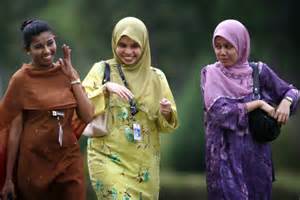
An Indian and two Maylay women

Chinese Muslim women

Chinese Muslim woman

Filippino family

Indian women
A Long, Rich History (edited from Wikipedia)
Malacca (the city is now Melaka) connects to The Strait of Malacca and joins with the Indian Ocean. It was settled by a fleeing Sumatran prince, Parameswara, around 1375 AD. This settlement became a major center of the spice trade forming a vital link between the East and the West, India to China. Parameswara established Islam as its religion which it still is today.
In 1511, the Portuguese were the first of many foreigners to invade Malacca. They, like all other invaders, were determined to control the East-West trade by sea and river. Malacca retained its importance as a trade center until 1641 when the Portuguese surrendered Malacca to the Dutch who ruled from 1641-1798, but they were not interested in developing it as a trading center. Malacca was then ceded to the British from 1826 to 1946, and Malaysia then became an independent state.
When Malaysia gained its independence in 1956, it was only fitting that the Declaration of Independence was proclaimed in Malacca, where it all began and we were there on August 31 to see it.
